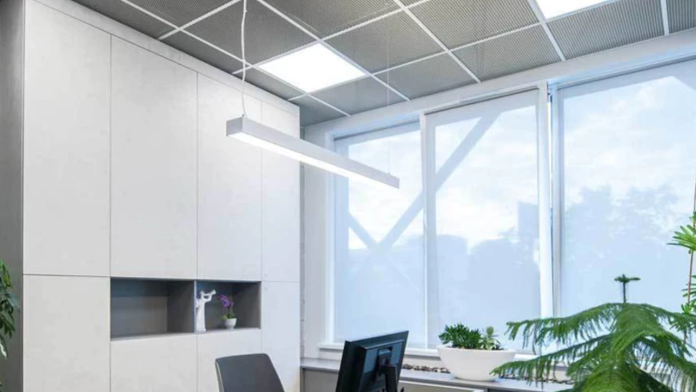LED strip light fixtures have become a highly versatile and inventive lighting option in recent years, revolutionizing public areas, companies, and residences alike. These stylish, energy-efficient lights highlight architectural details and create an atmosphere in entertainment spaces, among many other advantages that typical lighting fixtures just cannot match.
LED strip lights, also known as LED ribbon lights or LED tape lights, are made up of tiny LED chips that are adhered to a flexible circuit board. Since they are usually covered in an epoxy or silicone resin covering, they are strong and resistant to the elements. The unique quality of led strip light fixtures is their flexibility, which makes it simple to bend, shape, and cut them to fit a variety of locations and applications.
What Constitutes Energy Efficiency in LED Strip Light Fixtures?
Since light-emitting diodes (LEDs) turn a larger percentage of electricity into light than traditional lighting sources, LED strip light fixtures use less energy than other lighting options. LEDs typically have a longer lifespan, which means they need to be replaced less frequently and eventually use less energy because they emit less heat and lose less energy.
Material Composition of LED Strip Light Fixtures
An assortment of materials selected for their practical qualities, robustness, and adaptability to various uses usually make up LED strip light fixtures. In LED strip light fixtures, the following materials are typically used:
Aluminum
Due to its exceptional heat conductivity and lightweight nature, aluminum is a commonly used material for LED strip light fixtures. Maintaining optimal performance and prolonging the lights’ lifespan requires the aluminum enclosure to act as a heat sink, dispersing the heat produced by the LEDs. Apart from its resistance to corrosion, aluminum finds utility in both indoor and outdoor settings.
Polycarbonate
The diffusers and covers of LED strip light fixtures are frequently made of polycarbonate, a form of thermoplastic polymer. It is perfect for shielding fragile LED components while enabling uniform light dispersion because of its strong impact resistance, clarity, and UV stability. To create varied lighting effects, diffusers made of polycarbonate can have a variety of textures, such as frosted or transparent.
ABS (Acrylonitrile Butadiene Styrene)
ABS is another thermoplastic that is frequently used, especially for housing or enclosures, in LED strip light fixtures. Because of its capacity to combine strength, stiffness, and affordability, it can be used to create fixtures that are both affordable and long-lasting. Additionally, ABS is easily moldable into a variety of shapes and is widely accessible in a variety of colors, giving designers versatility in their designs.
PVC (Polyvinyl Chloride)
PVC is widely utilized in connections, weatherproof coatings, and cable insulation for LED strip light fixtures. It has strong electrical insulating qualities, flexibility, and durability against abrasion, chemicals, and moisture. PVC coatings have the potential to improve the resilience and lifespan of LED strips, especially in damp or outdoor settings where water intrusion prevention is essential.
Stainless Steel
Higher-end LED strip light fixtures may use stainless steel, especially in architectural or ornamental applications. It is appropriate for settings where aesthetics are important since it has good corrosion resistance, durability, and visual appeal. Fixtures made of stainless steel are resistant to weather and can hold up in style over time.
Glass
Glass can be utilized in some specialized LED strip light fixtures, notably those intended for artistic or ornamental purposes, even if it is less frequent. Glass diffusers can add a special aesthetic touch to a room by refracting or dispersing light, for example, improving the atmosphere. Glass fixtures, however, could be less robust and less suited for harsh settings.
Conclusion
Materials including ABS and PVC for durability and weather resistance, aluminum for heat management, polycarbonate for protection and light diffusion, stainless steel for durability and aesthetics, and occasionally glass for ornamental purposes are used in LED strip light fixtures. Together, these materials guarantee long-term durability, effective performance, and compatibility for a variety of lighting applications.














